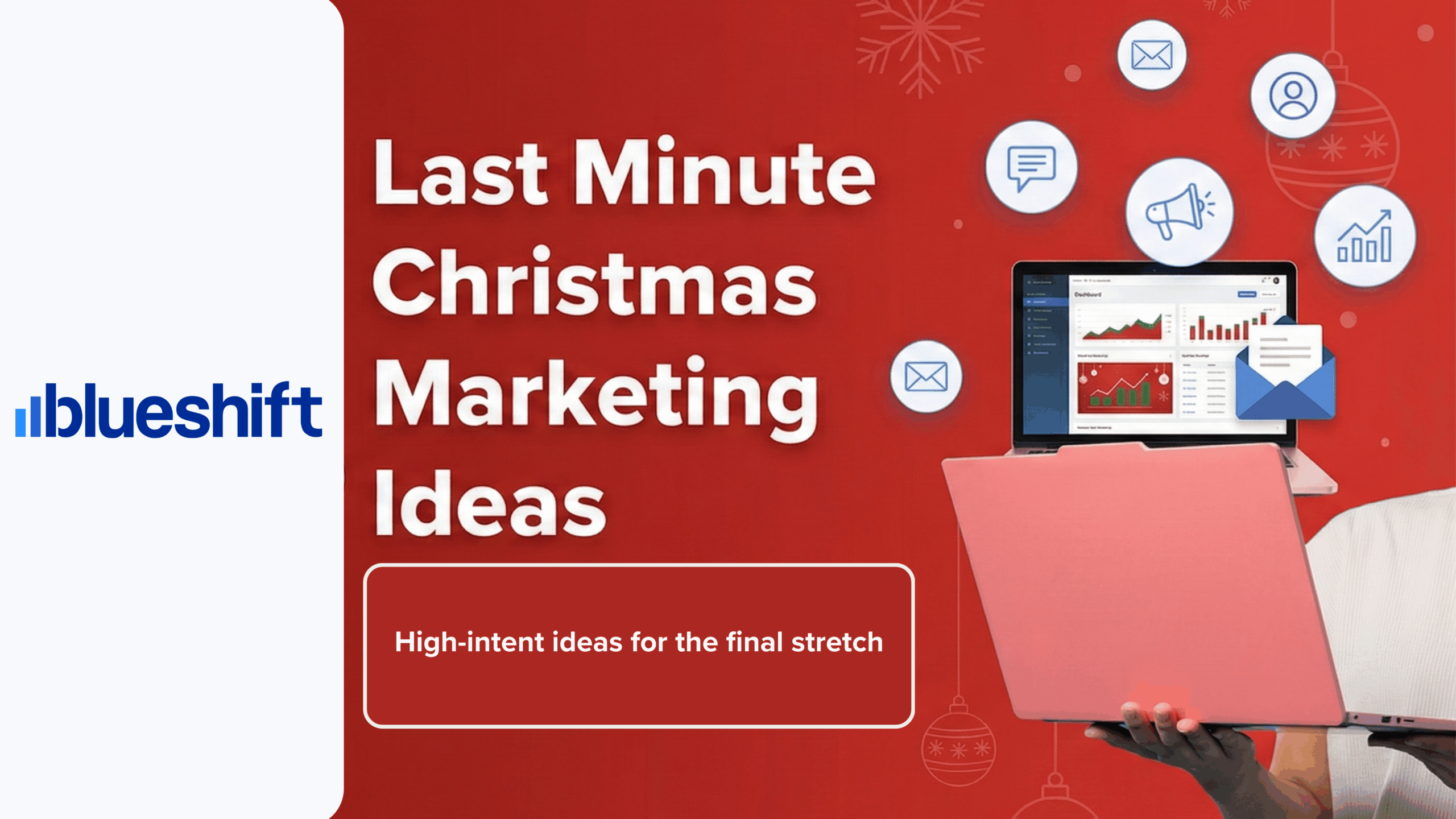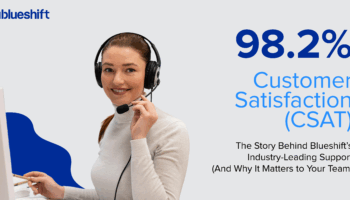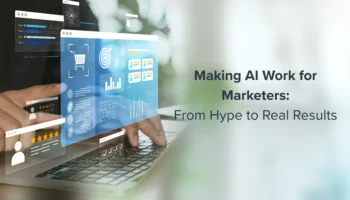You can make your segments more intelligent by adding a ‘predictive’ layer to them. Blueshift’s predictive segmentation empowers you to identify your customer’s likelihood to engage, purchase, churn, and more. The platform allows you to:
- Use predictive scores to rank each customer based on their likelihood to perform a desired action.
- Interact with every customer based on dynamically updated predictive scores and segments.
- Measure the impact of predictive scores against actual results to ensure the AI is driving your desired outcomes.
But what exactly are these ‘Predictive Scores’? In simple terms, predictive scores are a measure of each customer’s likelihood to perform a business goal or action. For example, each customer might get a score from 0 to 100, with higher probabilities translating to a higher chance of performing the desired goal.
Now, let’s look at how one of our customers has used predictive scoring to achieve their marketing goals.
Slickdeals is the leading and most trusted online community dedicated to sharing, rating, and reviewing deals and coupons. In a recent webinar, Kristina Paulos, Director of CRM Marketing at Slickdeals, shared how they use AI and predictive insights to drive meaningful engagement, retain users, and grow loyalty. A key example of how the team at Slickdeals utilizes predictive segmentation is to determine the frequency and cadence at which they engage with their customers. Using predictive scores, the team can measure and classify their users based on various engagement levels, ranging from the lowest to the highest.
So what does that look like in practice? Take Slickdeals’ ‘deals newsletter’, for example. Users with the highest activity receive the deals newsletter seven days a week. Conversely, for users with the lowest activity, Slickdeals strategically scales back the frequency to once a week. Here’s a glimpse into their strategy:
- Lowest Activity → 1x weekly
- Low Activity → 2x weekly
- Moderate Activity → 3x weekly
- Frequent Activity → 5x weekly
- High Activity → 7x per weekly
By leveraging predictive scores, Slickdeals effectively sends tailored messages at the right frequency for each unique user. By adapting their sending cadences and delivering messages based on engagement, Slickdeals saw an 80% lift in engagement levels and a 20% decrease in user churn. Additionally, the team uses ‘Engagement Time Optimization’ to determine the best time to send each message and channel engagement scores to identify the most effective channel. “We’ve seen a lot of improvements with Engagement Time Optimization specifically. We observed a 26% increase in the improvement in engagement rates when we optimized for the opening click probability, and a 32% increase went to my team for the push click-through rate,” shared Kristina. To learn how Slickdeals have been partnering with Blueshift and to explore their success story, watch this on-demand webinar.
As the marketing landscape continues to evolve, audience segmentation remains a fundamental strategy for staying ahead of the competition and building lasting relationships with customers. To learn more about how Blueshift can help you with segmentation, targeting, and more, book a conversation with us and we would be happy to answer any questions.



